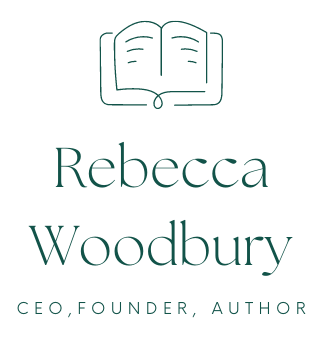Does the language used in elementary textbooks create a knowledge gap?
I’ve been looking at elementary and middle school textbooks published by significant school textbook publishers to see if their content helps students learn science. The website descriptions look wonderful with phrases such as “ground-breaking spiral learning,” “engineering and design activities to engage all students,” “3D learning model ensures 100% NGSS coverage,” and “using phenomena to engage students in the science and engineering practices.” The marketing is slick.
But what’s actually in the textbooks? What is the content that is being presented? Do the books or programs deliver the content needed to help students develop a deeper understanding of science?
I purchased a couple of popular textbooks to examine their content to answer these questions. I’m aware that elementary readers and programs do not introduce introductory chemistry and physics concepts, so I decided to look at middle school books, grades 6-8.
I purchased a book called Chemical Interactions geared towards grades 6-8, published and created in collaboration with a reputable university.* I was pretty excited. The title suggests that chemistry with knowledge-based content, which introduces scientific terminology, concepts, and skills, would be presented. Given that this is a popular program, I thought students would be getting the foundational cornerstones needed for high school and college.
Flipping through the book, I hoped to find a chapter on atoms and molecules but instead found a series of chapters introducing matter, elements, substances, and particles. In the chapter called Particles, the authors write:
We will use particles to describe the smallest piece of any substance that is still that substance.
What? Wait. Why? This book is about chemical interactions, and nowhere in the book do they discuss subatomic particles. In a chemical exchange, the smallest piece of any substance that is still that substance is the atom. Why not just call them atoms? The word atom is specific to the concept of “the smallest unit of a substance” in chemical interaction, whereas the word particle can be confused with other types of particles. A particle can be anything – a piece of sand, dust, part of the definition of light energy. The word atom defines something specifically in a chemical interaction, and this is a word that will be used in high school and college. Besides, chemists don’t ever refer to atoms as particles and reserve the word particle to describe subatomic particles – like protons, neutrons, and electrons. Chemists call atoms atoms.
The authors do eventually use the word atom later in the book:
Materials scientists and chemical engineers figure out how to combine and rearrange atoms of substances to create a new substance that is stronger, cheaper, and safer.
Suddenly, the authors jump to using the term atom as something that is part of a substance, but they don’t actually define the word atom nor connect it back to their use of particle. A student who has not come across these terms is tasked with sorting out all of these words and matching their definitions to useable meanings.
Why worry about these small language details? Am I just being overly critical? If vocabulary is comprehension, then the correct science vocabulary, defined and organized in a way that aids (and does not hinder) understanding, is essential. This convoluted way to introduce an easy-to-understand concept such as the atom contributes to the knowledge gap we see in high school and college students.
Students emerging from middle school into high school and often high school into college don’t usually grasp the scientific vocabulary to make sense of the chemistry, physics, and sometimes even the biology that upper-level courses require. It is becoming more and more evident that much of the problem is rooted in the confusing way science is introduced in the elementary and middle school grades.
*I opted not to give the name of the publisher or institution. I believe the materials are created in good faith. My intention is not to discredit or disparage any publisher or publishing group but to critically look at the current curricular approach.
